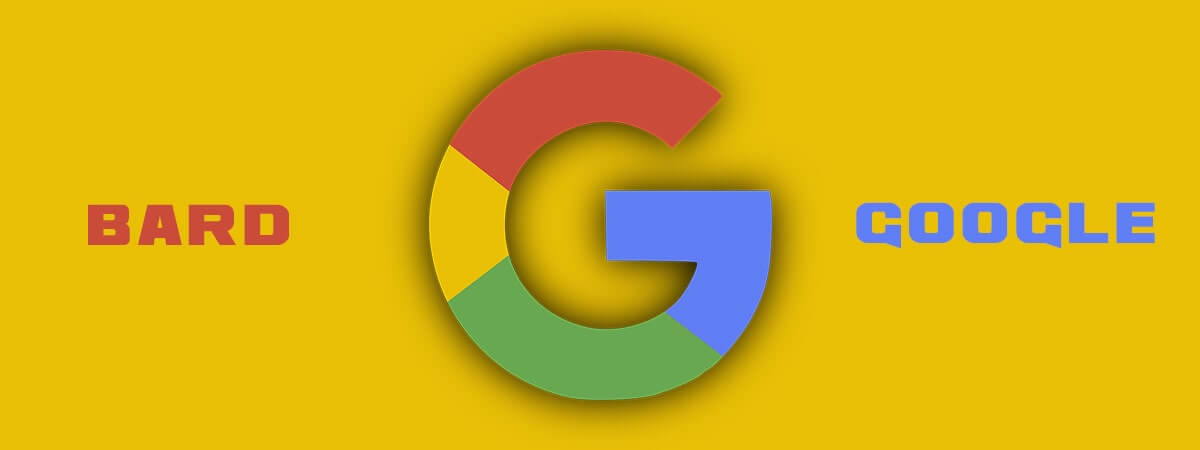Google Bard
The field of conversational AI is rapidly evolving, with major players like OpenAI, Google, and Microsoft competing to develop the most advanced chatbots. One of the latest entrants in this race is Google’s BARD, a generative AI chatbot available through early access.
BARD, which stands for “Binary Augmented Retro-Framing Dialogue Model,” is built on Google’s Lambda language model for dialog applications. While Lambda has been in testing and use since 2017, BARD represents a significant advancement in conversational AI. Unlike many chatbots that provide generic responses, BARD is specifically designed to respond to prompts, generate text, answer questions, and provide context-specific information in an informative way.
AI enthusiasts and tech insiders have already generated buzz around BARD, despite it being a newcomer in the conversational AI space. However, some have pointed out that BARD isn’t treading new ground, as many other AI chatbots already exist in the market. Nevertheless, BARD stands out for its ability to provide clear and concise responses that are easy to read and understand.
The name BARD derives from William Shakespeare, the legendary storyteller and poet. While the link between the chatbot and the bard may seem tenuous, the underlying technology behind BARD is impressive. A large language model from Google powers BARD, enabling it to generate text, write different kinds of creative content, and answer questions in an informative way. BARD’s advanced technology allows it to provide context-specific responses and take an almost teacher-like approach to subjects.
So, what can you do with BARD, and how does it compare to other AI chatbots out there? According to Joseph VS, BARD is a generative AI product built on the Lambda model, but it utilizes this underlying technology to respond to prompts, generate text, answer questions, and more. Google summarizes BARD as being able to provide context-specific responses and answer questions in an informative way.
In our testing, BARD performed exceptionally well at providing concise and structured responses to questions, resulting in a readable explanation that felt less long-winded than other AI chatbots like Bing and GPT. While BARD isn’t designed to replace traditional search engines, it is impressive how it can quickly pull together a lot of information into a concise format. BARD can be used for a variety of tasks, such as searching for recipes, creating meal plans, and providing advice on various topics.
However, BARD has limitations. While it can generate text and provide context-specific responses, it still makes mistakes and isn’t as accurate as traditional search engines. In some instances, BARD provided incorrect information or made suggestions that were contrary to common sense. Additionally, the chatbot lacked sources for some of the information it provided, frustrating users who want to verify the information.
Despite these limitations, BARD represents a significant advancement in conversational AI and has the potential to revolutionize how we interact with chatbots. As BARD continues to evolve and improve, we will likely see more advanced and sophisticated AI chatbots in the future







